Have you ever wondered how the same glass cup you use every morning has maintained its vibrant colors? Even after repeatedly being handled and washed in the dishwasher, the cup looks like it just left the printing factory. Whether you are looking to pad print, screen print, or digitally print onto glass, the substrate must be pre-treated for optimal adhesion. Common pre-treatment methods for glass include flame and Pyrosil® treatments. Each method, as well as combinations of the methods, work to increase bonding capabilities between the ink and substrate, which result in an improved overall print quality.
When printing on glass, UV curable inks are a great option because they offer excellent adhesion and high abrasion resistance. How well an ink bonds to the substrate depends on multiple factors such as coatings, surface energy, dyne levels, and other bonding requirements. Most UV inks have a surface tension between 25-35 dynes. A rule of thumb is for surface tension of the liquid (ink) to be about 10 dynes less than the surface energy of the substrate (glass). Since this range is standard for UV inks on the market, we can expect a high-quality print to occur from printing on a product that has a surface energy between 35-45 dyne. Wettability can be measured by various methods such as contact angle measurement and dyne measurements which can be found using a dyne pen. Sometimes, you will need to print on a surface which inherently has a higher or lower dyne level and falls outside the optimal range. Although dyne levels are a good indicator of adhesion strength, simply having the recommended dyne level will not guarantee adhesion. In these cases, there are multiple pretreatment methods for glass available. In order to determine which pretreatment option is best for you, we must examine the pros and cons of each method.
Primer Wipe Pretreatment
Let’s start with one of the most basic pretreatment methods for glass, the primer wipe. The main benefit of this method is the cost. Unlike other types of treatments, there are no machines or additional supplies needed. The application simply includes wetting a lint-free rag or towel with primer and manually wiping it onto the substrate. The process requires manual labor, though it is extremely simple and requires no prior training. Although this method is cheap, quick, and easy, it is not suitable for all products. With a primer wipe alone, superior abrasion resistance is not guaranteed.
Flame Pretreatment
This pretreatment method for glass was one of the first to become an industry standard for printing. Before being exposed to the flame, the glass is wiped down with a lint free towel or an isopropyl alcohol wipe. Flame treating uses high heat within the oxidation layer of the flame to increase the surface energy of the glass, which increases wettability. Wettability refers to the degree to which a liquid spreads out on the surface of a solid. Spreading is necessary for maximum adhesion. The contact angle formed between the liquid and solid is a good indicator of the degree of wetting. When the angle is 0-degrees, the ink is spreading. When the contact angle is between 0 and 90-degrees, wetting occurs. Smaller angles indicate better wetting. As you might have guessed, adhesion forces should be larger than cohesive forces. Increased wetting and adhesive forces lead to optimal conditions for the ink to bond and adhere to the surface.
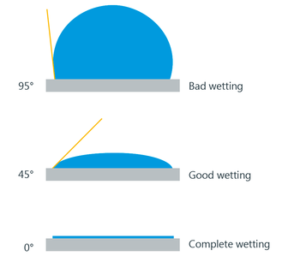
Pyrosil® Pretreatment
For the past few decades, Pyrosil® has been the leading flame pretreatment method for glass decorators and cold end glass coating. Pyrosil® is added into the flame treatment in order to solve issues relating to cold end coating, contamination and mold that flame treatment alone cannot. It works by altering the chemical composition of the substrate to have a higher surface energy for improved wettability, leading to improved bonding of UV inks to the surface. Basic Pyrosil® kits are sold for industrial use, as well as large self-standing flame treatment machines which can be equipped with a Pyrosil® system. Automated systems can treat multiple products per minute. The Pyrosil® treatment works by creating a silane coating on the surface of the glass. Silane combined with flame technology, or Pyrosil®, is a common yet expensive pre-treatment method for many printing companies. It is specifically used just prior to glass decorating. This process increases the surface tension of the substrate, making it more receptive to bonding, especially for UV inks.
Other Pretreatment Methods for Glass
In order to ensure the highest quality products possible, Inkcups pre-treats all their glassware with their own MagiCoat™ Pre-Treatment System. This system utilizes 8 rotating stations, 3 flaming stations, and a fine mist spraying system in order to prepare glassware for the printing process. The MagiCoat™ machine features 8 rotating stations with a vacuum feature to keep products firmly in place during pre-treatment. Next, the products are ready for the flaming stations and 6 flaming heads work to uniformly pre-treat the items. Flame treating eliminates any debris or other coatings already on the glass that may inhibit adhesion. The fine mist spraying system ensures that each item gets evenly coated with water based MagiCoat™ primer as part of the post-flame treatment. This primer allows for a stronger adhesion between the ink and glass surfaces than any other product on the market. The system is fast and efficient, allowing you to pre-treat up to 15 items per minute. Unlike some other methods, the MagiCoat™ system is completely safe for the operator and the environment. Additionally, MagiCoat™ is FDA 21 CFR 17.300, CPSIA and California Prop 65 compliant. After the pre-treatment process, glassware items have seen up to 200 residential dishwashes and up to 600 industrial dishwashes without the ink delaminating[1].
Conclusion
When it comes to decorating glass, pre-treatment is necessary for an overall high-quality print. Depending on the substrate and application, there is a primer that is right for you. Inkcups offers other inkjet primers for glass, as well as metals, plastics, tile, and more. Once your substrates are pretreated, continue to print as normal and expect better adhesion, increased durability, and improved abrasion resistance. Pre-treatment methods prepare glassware to withstand the necessary adhesion tests required by the ASTM. To learn more about adhesion testing on glass, check out this article for footage of the 4 industry-standard adhesion tests performed by our inkjet sample technician at Inkcups.
[1] Depending on type of glassware used, detergent, and temperature of wash
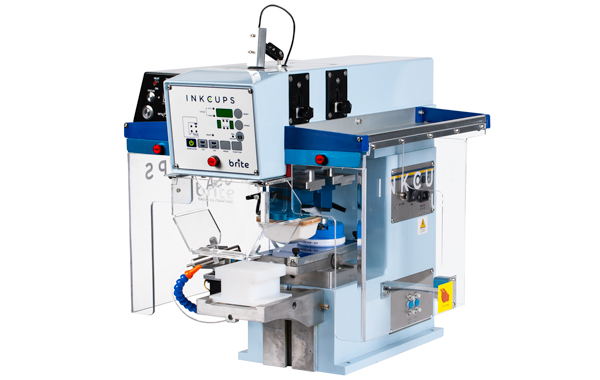 Tagless Printers
Tagless Printers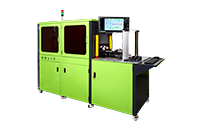 Cylindrical Inkjet Printers
Cylindrical Inkjet Printers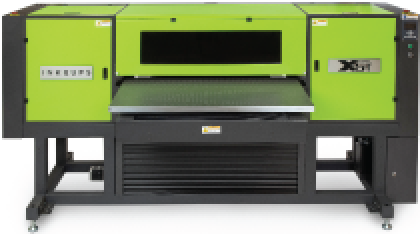 UV Flatbed Printers
UV Flatbed Printers Pad Printing Machines
Pad Printing Machines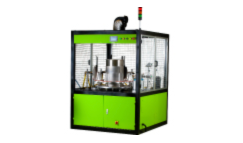 Pretreatment Systems
Pretreatment Systems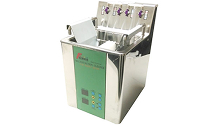 Inkjet Printing Auxiliary
Inkjet Printing Auxiliary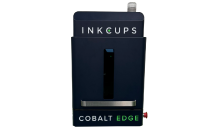 Laser Plate-Makers
Laser Plate-Makers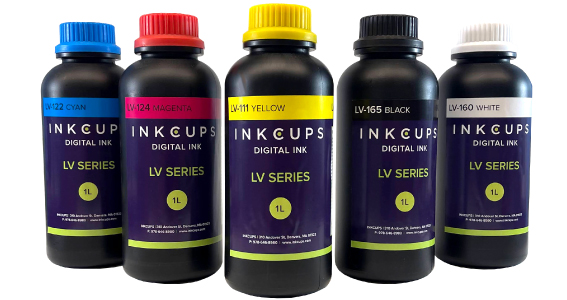 Inkjet Printing Supplies
Inkjet Printing Supplies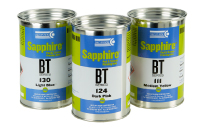 Pad Printing Supplies
Pad Printing Supplies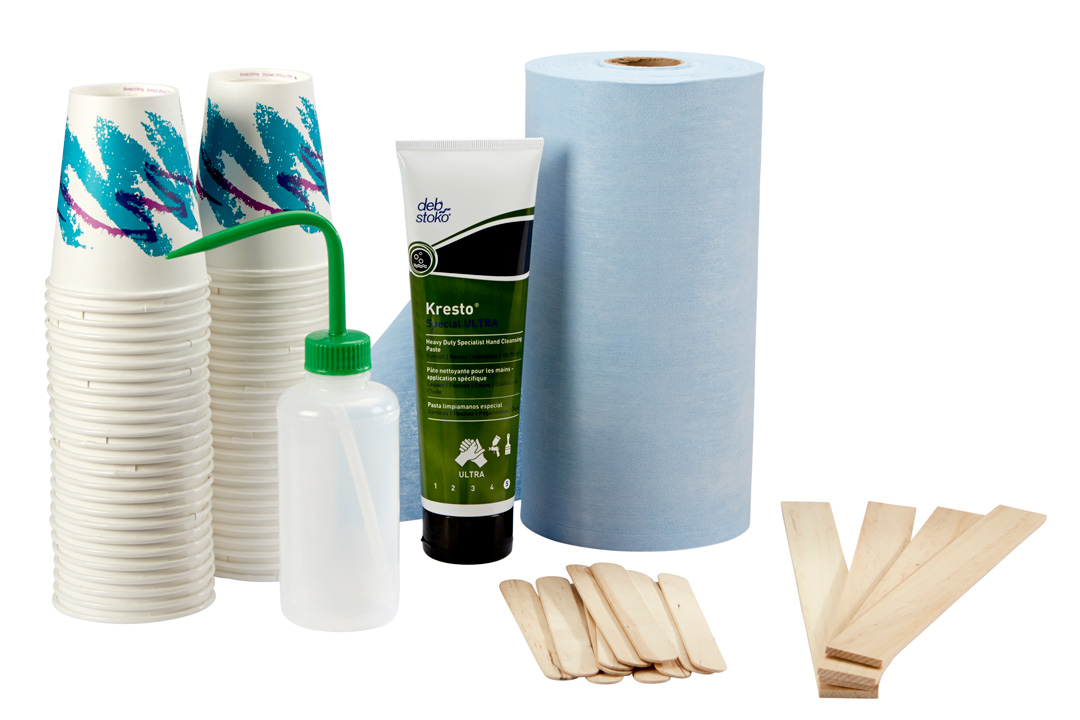 Tagless Supplies (tagless.inkcups.com)
Tagless Supplies (tagless.inkcups.com)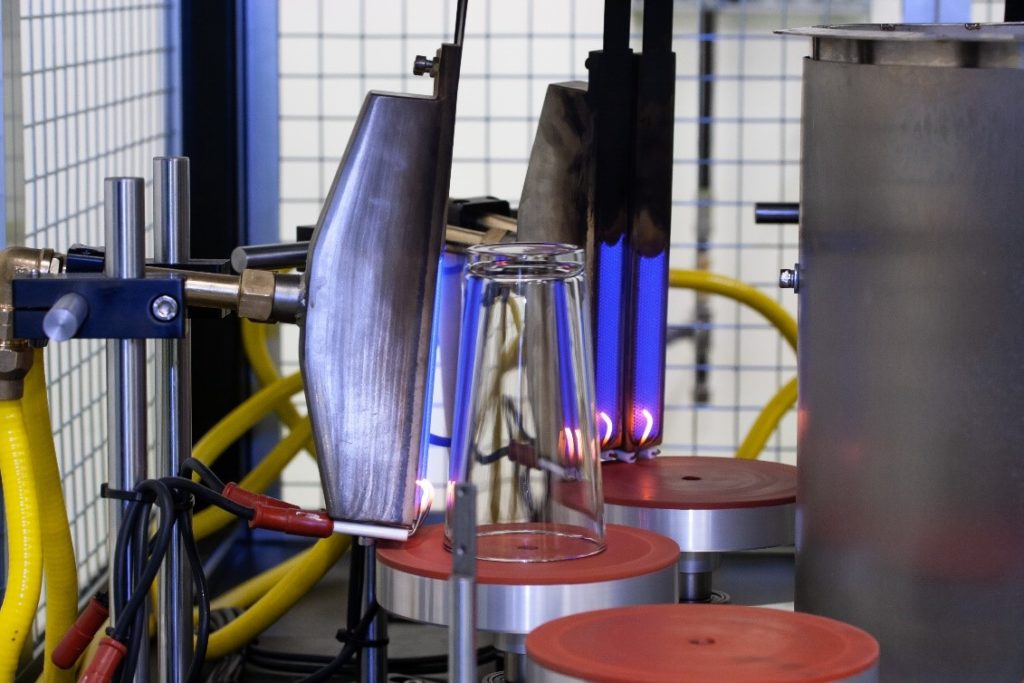
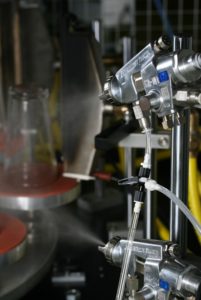
Add Your Comment